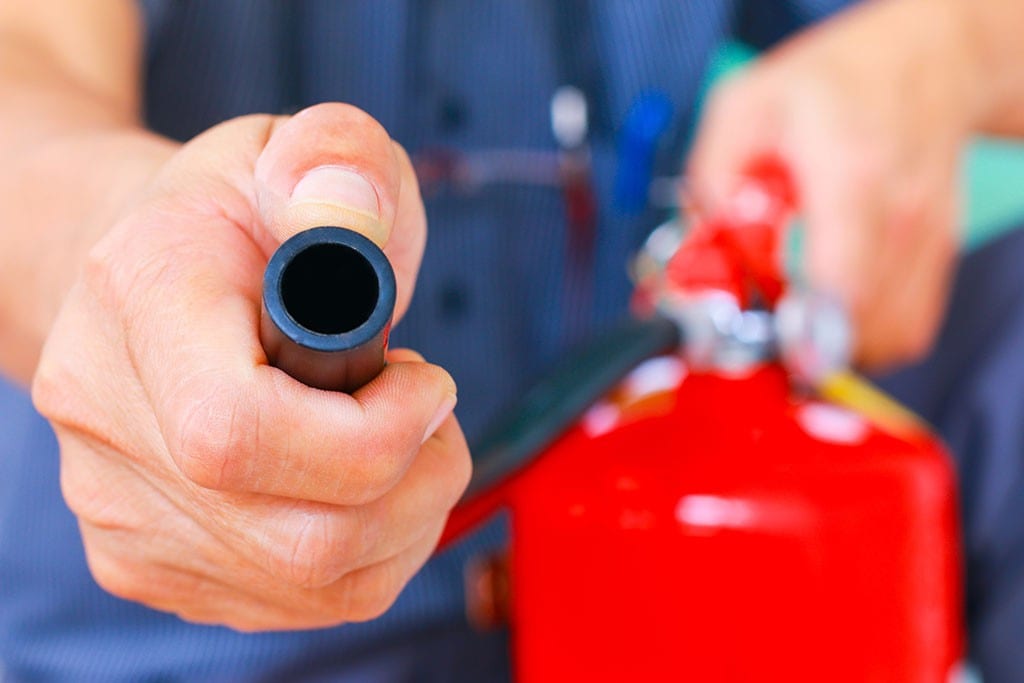For every company in Sydney Fire protection isn’t just legally required, it’s an essential element of keeping employees customers, property, and even the employees safe. Fires can result in massive losses in a matter of minutes. However, with the appropriate safety measures in place, many of these risks can either be reduced or avoided. The combination of safety inspections during fires, electrical system testing and tagging, and conformity with CFSP regulations all contribute to an environment that is safer and also ensures that businesses are compliant with the Building Code of Australia and local council standards.
Why fire inspections are the backbone of safety
Fire inspections are the first defense against possible hazards. These inspections ensure that all parts of the fire protection system are in good working order and up-to-date. In Sydney the business must conduct inspections at least once every six months, or every year, depending on building type and local regulations. The inspection can cover everything from sprinklers and fire alarm systems, to smoke detectors, hydrants and extinguishers.

The ability to detect the hidden problems and rectify them before they can cause harm is the reason inspections are so important. A small fault on a fire hydrant or the blocked smoke detector could seem insignificant at first glance, but in an emergency, such faults can result in the loss of lives. Regular fire inspections are an effective method for business owners to not only ensure they meet their obligations to comply and protect themselves from the possibility of unplanned disasters.
Test and Tag: Addressing Hidden Electric Risks
Electrical systems are the most frequent cause of workplace fires. That’s why testing and labeling is an essential included in every fire safety program. The process involves testing electrical equipment for functionality, safety and compliant, then attaching a tag to indicate that the equipment is inspected. This is a condition that’s often not simple to fulfill. For many companies it’s a way to protect themselves from any potential dangers.
Old, worn-out, or unchecked cables, appliances with problems and wiring that are not updated can quickly become dangers to fire. Through regular testing and tagging, businesses can reduce the risk of electrical malfunctions that can cause fires. Employees are also assured that the working environment is secure. This in turn creates a sense of trust and confidence within the work place. When combined with testing, fire inspections, and tagging provides a complete safety plan that reduces risk on many fronts.
The purpose of CFSP is compliance and certification
In New South Wales, only an Competent Fire Safety Practitioner (CFSP) is authorized to sign and certify important documents for fire safety, like Annual Fire Safety Statements. The CFSP certification ensures that only qualified professionals can review and verify fire safety measures. For business owners working with the CFSP inspections and reports will no longer be a simple report but an authentic evaluation conducted by professionals.
The role of a CFSP extends far beyond ticking boxes. They evaluate the effectiveness and the condition of fire protection systems and prepare thorough reports. They also verify the compliance of regulatory requirements. Businesses that are not equipped with CFSP certification run the risk of being sanctioned or facing legal issues, or even shutting down when they are deemed to be insufficient with fire protection. By working with professionals who are accredited in fire safety, you’ll be able to ensure that your equipment is properly maintained. You will also be able meet your the requirements of compliance without putting yourself under stress.
Fire Safety is a Continuous Commitment
Fire safety isn’t only a once-in-a-lifetime requirement, but rather an ongoing responsibility for every business owner. Regularly scheduled inspections and tests of electrical equipment, together with proper certification by CFSP and CFSP, create a security cycle that never ends. Beyond compliance with the law and ongoing monitoring, this approach helps to create the culture of safety in the workplace. Employees feel more secure in the knowledge that clear evacuation plans, smoke alarms, emergency lighting, as well as a fire suppression systems are in place.
Implementing fire safety as an ongoing process, rather than a yearly checkbox not only decreases risk but also improves the reputation of a company. In a setting that is focused on security, clients and customers are more secure. In the long run, investing in proactive fire prevention saves money because it prevents costly damages, fines, and legal disputes.
Conclusion
Sydney security for fires requires a multi-layered approach that includes fire inspections, testing tags and certifications by an CFSP. Each of these elements is crucial to making sure that businesses adhere to the rules, and most important, that property and people are secured. Businesses that make safety an integral part of their business and not just a secondary note will fulfill their legal obligations as well as create a more stable, safe environment.

